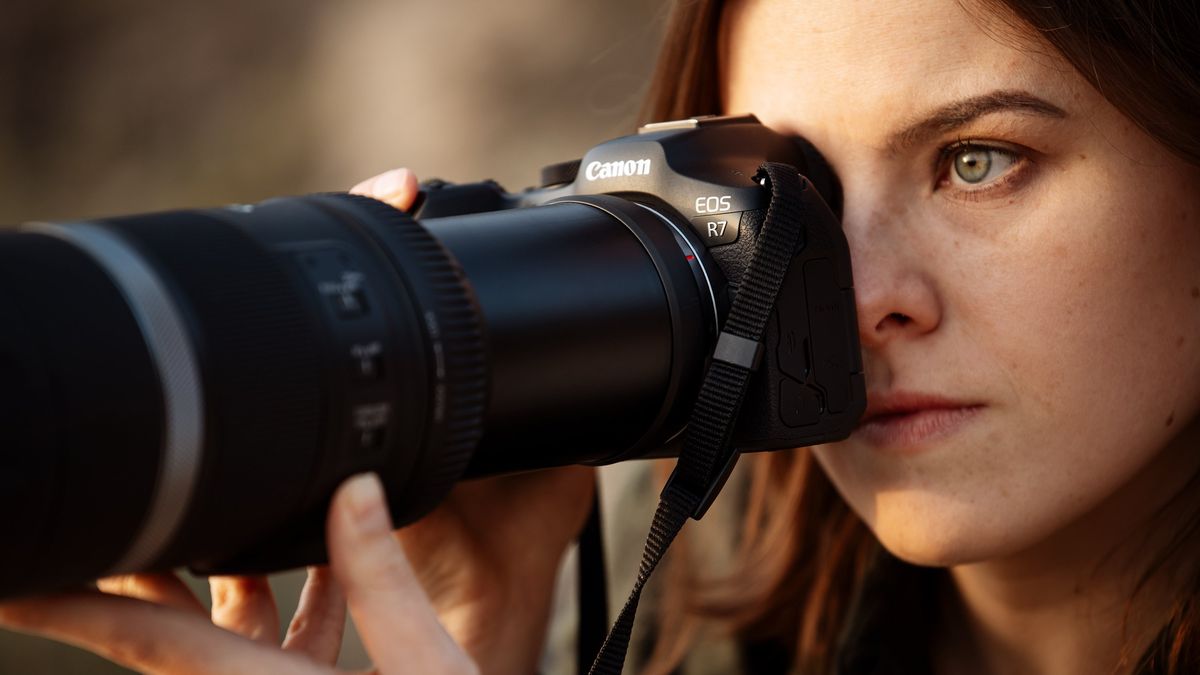In the world of photography, mirrorless cameras have swiftly risen to prominence, captivating both amateurs and professionals alike with their blend of compactness and high-performing capabilities. As a lighter and more streamlined alternative to traditional SLRs, these cameras boast live exposure previews, reduced size, and featherweight construction, appealing to photographers who require agility without sacrificing image quality. Renowned manufacturers like Sony, Canon, Nikon, and Fujifilm are at the forefront of this innovation, providing a spectrum of mirrorless cameras that cater to varying expertise levels—from novice shooters to experienced visual artists.
When considering a mirrorless camera, potential buyers should evaluate critical elements such as body ergonomics, lens system compatibility, and the plethora of cutting-edge functions including silent operation modes, focus peaking, and manual focus assist. These considerations are paramount in tailoring the choice to the individual’s photographic journey. With their unassuming stature and robust performance, mirrorless cameras not only represent a significant leap in imaging technology but are also paving the way to what many believe to be the future of photographic expression. This comprehensive guide delves into the world of heavy-duty mirrorless cameras, and why they are fast becoming the preferred tool for capturing life’s moments with clarity and precision.

Image Credit: digitalcameraworld
Contents
Comparing Heavy-Duty Mirrorless Cameras to SLRs
When it comes to selecting the right equipment for heavy-duty photography, the age-old debate between mirrorless cameras and SLRs takes centre stage. Despite common perceptions, high-end mirrorless cameras, such as the OM System OM-5, often present only a marginal weight advantage over their SLR counterparts.
Delving into the details of lens weight—a critical consideration for photographers—the surprising similarity continues. Whether opting for a mirrorless camera or a SLR, a swift f2.8 mid-range zoom lens will generally weigh around 700 grams. If weight is a pressing concern, mirrorless users can revel in the significant weight reduction afforded by slower 16-50mm f3.5-5.6 lenses, which are almost half the weight of similar SLR lenses. Moreover, when looking at telephoto zoom lenses extending up to 200mm, there’s barely any difference to be found, further punctuating the mirrorless cameras’ weight-saving reputation as perhaps overstated in some instances.
In the domain of travel and street photography, the compactness of mirrorless cameras truly shines. A more discreet and less intrusive setup allows photographers to blend seamlessly into their surroundings, capturing candid moments with ease. Furthermore, the added convenience of a smaller camera bag that accompanies mirrorless systems equates to additional weight savings—especially appealing to those forever in pursuit of unburdened travel. However, for some, the tactile feel and larger grips of a SLR may offer a sensation of control and comfort through long shooting sessions. Ultimately, the choice rests on a blend of personal comfort, specific needs, and aesthetics. Mirrorless cameras indeed present a sleek and modern alternative to the traditional SLR, but when making the transition, one must bear in mind that factors like autofocus performance, battery life, and lens selection are crucial to the picture-perfect outcome.
Conclusion
In conclusion, mirrorless cameras stand as a revolutionary force in the domain of heavy-duty photography, blending the advantages of lightweight design with sophisticated technology. We’ve explored the comparable ergonomics, lens compatibility, and unparalleled features that position them alongside, if not a step ahead of, traditional SLRs. The significance of mirrorless systems extends beyond mere convenience; these cameras are redefining the art of photography, enabling enthusiasts and professionals alike to capture life’s ephemeral moments with extraordinary clarity and creative control.
While the mirrorless camera revolution marches on, it is essential for photographers to weigh their options in light of personal needs and preferences. Despite the allure of compactness and cutting-edge features, considerations such as handling comfort, battery life, and lens availability remain pivotal in dictating one’s choice. As the narrative of photography continues to unfold, mirrorless cameras promise to be at its vanguard, inspiring a wave of innovation and allowing the visual storytelling of today’s world to flourish.


